Yujia Zhang
ProPy: Building Interactive Prompt Pyramids upon CLIP for Partially Relevant Video Retrieval
Aug 26, 2025Abstract:Partially Relevant Video Retrieval (PRVR) is a practical yet challenging task that involves retrieving videos based on queries relevant to only specific segments. While existing works follow the paradigm of developing models to process unimodal features, powerful pretrained vision-language models like CLIP remain underexplored in this field. To bridge this gap, we propose ProPy, a model with systematic architectural adaption of CLIP specifically designed for PRVR. Drawing insights from the semantic relevance of multi-granularity events, ProPy introduces two key innovations: (1) A Prompt Pyramid structure that organizes event prompts to capture semantics at multiple granularity levels, and (2) An Ancestor-Descendant Interaction Mechanism built on the pyramid that enables dynamic semantic interaction among events. With these designs, ProPy achieves SOTA performance on three public datasets, outperforming previous models by significant margins. Code is available at https://github.com/BUAAPY/ProPy.
Self-supervised Preference Optimization: Enhance Your Language Model with Preference Degree Awareness
Sep 26, 2024



Abstract:Recently, there has been significant interest in replacing the reward model in Reinforcement Learning with Human Feedback (RLHF) methods for Large Language Models (LLMs), such as Direct Preference Optimization (DPO) and its variants. These approaches commonly use a binary cross-entropy mechanism on pairwise samples, i.e., minimizing and maximizing the loss based on preferred or dis-preferred responses, respectively. However, while this training strategy omits the reward model, it also overlooks the varying preference degrees within different responses. We hypothesize that this is a key factor hindering LLMs from sufficiently understanding human preferences. To address this problem, we propose a novel Self-supervised Preference Optimization (SPO) framework, which constructs a self-supervised preference degree loss combined with the alignment loss, thereby helping LLMs improve their ability to understand the degree of preference. Extensive experiments are conducted on two widely used datasets of different tasks. The results demonstrate that SPO can be seamlessly integrated with existing preference optimization methods and significantly boost their performance to achieve state-of-the-art performance. We also conduct detailed analyses to offer comprehensive insights into SPO, which verifies its effectiveness. The code is available at https://github.com/lijian16/SPO.
Understanding Public Safety Trends in Calgary through data mining
Jul 30, 2024Abstract:This paper utilizes statistical data from various open datasets in Calgary to to uncover patterns and insights for community crimes, disorders, and traffic incidents. Community attributes like demographics, housing, and pet registration were collected and analyzed through geospatial visualization and correlation analysis. Strongly correlated features were identified using the chi-square test, and predictive models were built using association rule mining and machine learning algorithms. The findings suggest that crime rates are closely linked to factors such as population density, while pet registration has a smaller impact. This study offers valuable insights for city managers to enhance community safety strategies.
EPIDetect: Video-based convulsive seizure detection in chronic epilepsy mouse model for anti-epilepsy drug screening
May 31, 2024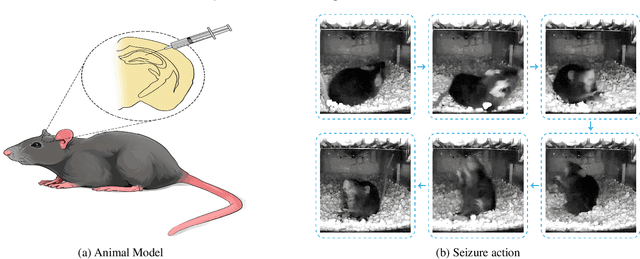
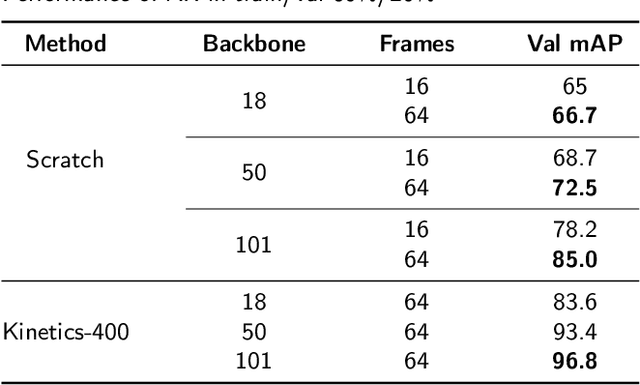

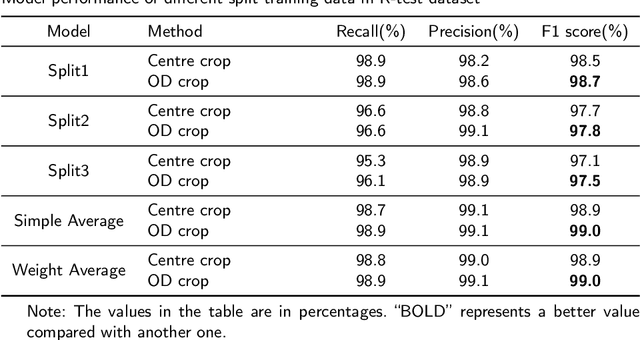
Abstract:In the preclinical translational studies, drug candidates with remarkable anti-epileptic efficacy demonstrate long-term suppression of spontaneous recurrent seizures (SRSs), particularly convulsive seizures (CSs), in mouse models of chronic epilepsy. However, the current methods for monitoring CSs have limitations in terms of invasiveness, specific laboratory settings, high cost, and complex operation, which hinder drug screening efforts. In this study, a camera-based system for automated detection of CSs in chronically epileptic mice is first established to screen potential anti-epilepsy drugs.
DriveGPT4: Interpretable End-to-end Autonomous Driving via Large Language Model
Oct 08, 2023Abstract:In the past decade, autonomous driving has experienced rapid development in both academia and industry. However, its limited interpretability remains a significant unsolved problem, severely hindering autonomous vehicle commercialization and further development. Previous approaches utilizing small language models have failed to address this issue due to their lack of flexibility, generalization ability, and robustness. Recently, multimodal large language models (LLMs) have gained considerable attention from the research community for their capability to process and reason non-text data (e.g., images and videos) by text. In this paper, we present DriveGPT4, an interpretable end-to-end autonomous driving system utilizing LLMs. DriveGPT4 is capable of interpreting vehicle actions and providing corresponding reasoning, as well as answering diverse questions posed by human users for enhanced interaction. Additionally, DriveGPT4 predicts vehicle low-level control signals in an end-to-end fashion. These capabilities stem from a customized visual instruction tuning dataset specifically designed for autonomous driving. To the best of our knowledge, DriveGPT4 is the first work focusing on interpretable end-to-end autonomous driving. When evaluated on multiple tasks alongside conventional methods and video understanding LLMs, DriveGPT4 demonstrates superior qualitative and quantitative performance. Additionally, DriveGPT4 can be generalized in a zero-shot fashion to accommodate more unseen scenarios. The project page is available at https://tonyxuqaq.github.io/projects/DriveGPT4/ .
SVCNet: Scribble-based Video Colorization Network with Temporal Aggregation
Mar 21, 2023Abstract:In this paper, we propose a scribble-based video colorization network with temporal aggregation called SVCNet. It can colorize monochrome videos based on different user-given color scribbles. It addresses three common issues in the scribble-based video colorization area: colorization vividness, temporal consistency, and color bleeding. To improve the colorization quality and strengthen the temporal consistency, we adopt two sequential sub-networks in SVCNet for precise colorization and temporal smoothing, respectively. The first stage includes a pyramid feature encoder to incorporate color scribbles with a grayscale frame, and a semantic feature encoder to extract semantics. The second stage finetunes the output from the first stage by aggregating the information of neighboring colorized frames (as short-range connections) and the first colorized frame (as a long-range connection). To alleviate the color bleeding artifacts, we learn video colorization and segmentation simultaneously. Furthermore, we set the majority of operations on a fixed small image resolution and use a Super-resolution Module at the tail of SVCNet to recover original sizes. It allows the SVCNet to fit different image resolutions at the inference. Finally, we evaluate the proposed SVCNet on DAVIS and Videvo benchmarks. The experimental results demonstrate that SVCNet produces both higher-quality and more temporally consistent videos than other well-known video colorization approaches. The codes and models can be found at https://github.com/zhaoyuzhi/SVCNet.
HDPV-SLAM: Hybrid Depth-augmented Panoramic Visual SLAM for Mobile Mapping System with Tilted LiDAR and Panoramic Visual Camera
Jan 27, 2023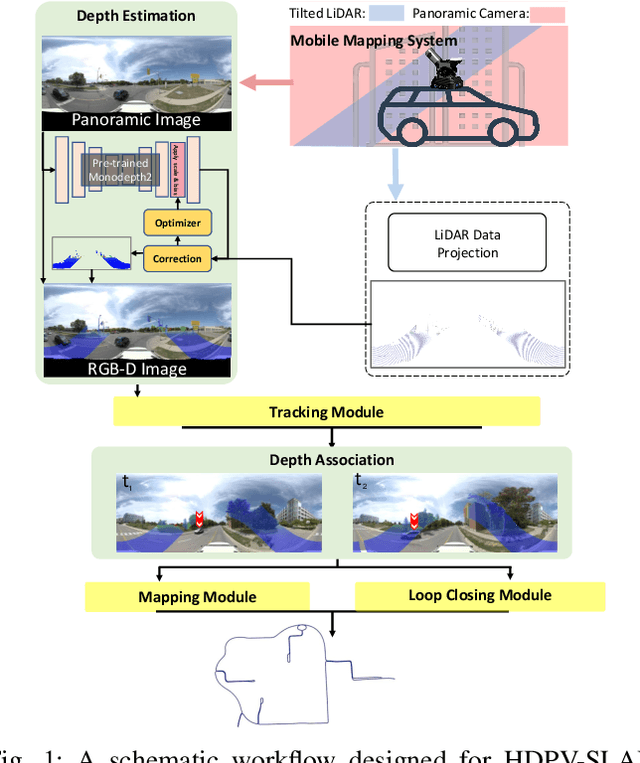



Abstract:This paper proposes a novel visual simultaneous localization and mapping (SLAM), called Hybrid Depth-augmented Panoramic Visual SLAM (HDPV-SLAM), generating accurate and metrically scaled vehicle trajectories using a panoramic camera and a titled multi-beam LiDAR scanner. RGB-D SLAM served as the design foundation for HDPV-SLAM, adding depth information to visual features. It seeks to overcome the two problems that limit the performance of RGB-D SLAM systems. The first barrier is the sparseness of LiDAR depth, which makes it challenging to connect it with visual features extracted from the RGB image. We address this issue by proposing a depth estimation module for iteratively densifying sparse LiDAR depth based on deep learning (DL). The second issue relates to the challenges in the depth association caused by a significant deficiency of horizontal overlapping coverage between the panoramic camera and the tilted LiDAR sensor. To overcome this difficulty, we present a hybrid depth association module that optimally combines depth information estimated by two independent procedures, feature triangulation and depth estimation. This hybrid depth association module intends to maximize the use of more accurate depth information between the triangulated depth with visual features tracked and the DL-based corrected depth during a phase of feature tracking. We assessed HDPV-SLAM's performance using the 18.95 km-long York University and Teledyne Optech (YUTO) MMS dataset. Experimental results demonstrate that the proposed two modules significantly contribute to HDPV-SLAM's performance, which outperforms the state-of-the-art (SOTA) SLAM systems.
GReS: Graphical Cross-domain Recommendation for Supply Chain Platform
Sep 02, 2022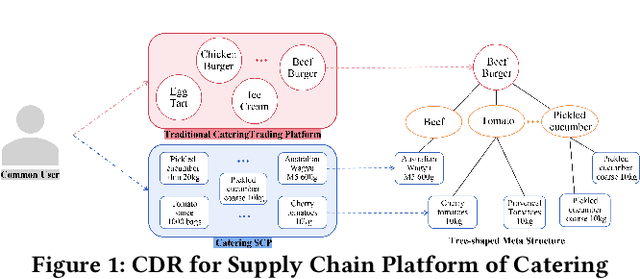
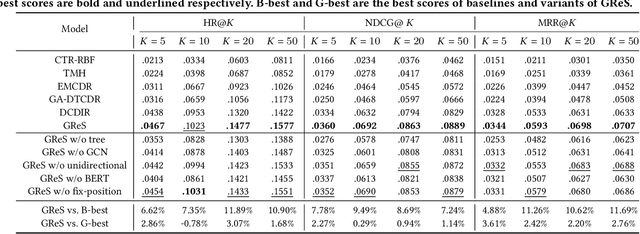
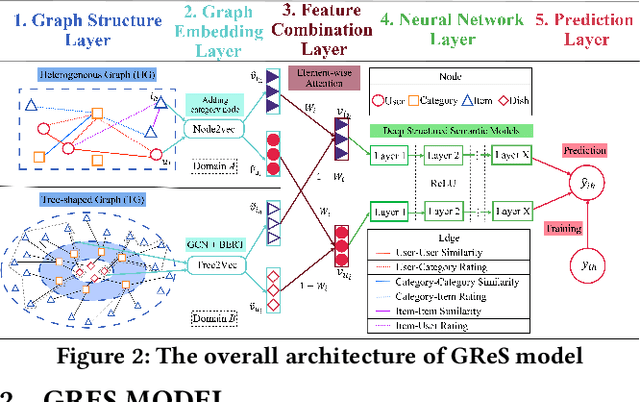
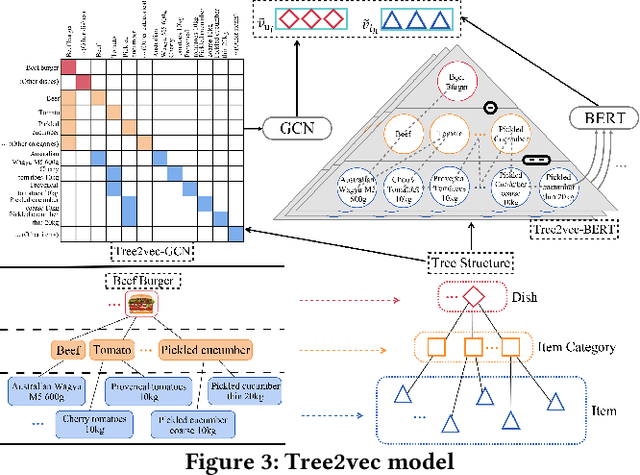
Abstract:Supply Chain Platforms (SCPs) provide downstream industries with numerous raw materials. Compared with traditional e-commerce platforms, data in SCPs is more sparse due to limited user interests. To tackle the data sparsity problem, one can apply Cross-Domain Recommendation (CDR) which improves the recommendation performance of the target domain with the source domain information. However, applying CDR to SCPs directly ignores the hierarchical structure of commodities in SCPs, which reduce the recommendation performance. To leverage this feature, in this paper, we take the catering platform as an example and propose GReS, a graphical cross-domain recommendation model. The model first constructs a tree-shaped graph to represent the hierarchy of different nodes of dishes and ingredients, and then applies our proposed Tree2vec method combining GCN and BERT models to embed the graph for recommendations. Experimental results on a commercial dataset show that GReS significantly outperforms state-of-the-art methods in Cross-Domain Recommendation for Supply Chain Platforms.
ChildPredictor: A Child Face Prediction Framework with Disentangled Learning
Apr 21, 2022

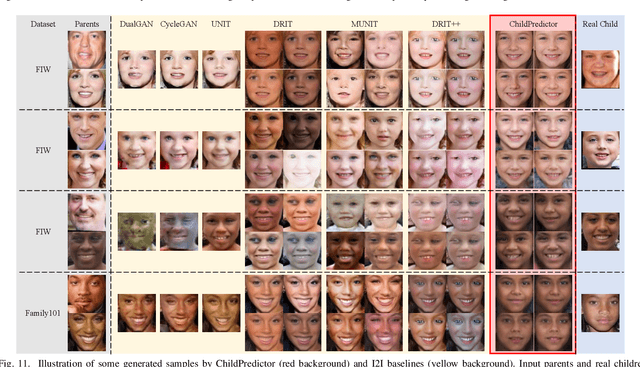

Abstract:The appearances of children are inherited from their parents, which makes it feasible to predict them. Predicting realistic children's faces may help settle many social problems, such as age-invariant face recognition, kinship verification, and missing child identification. It can be regarded as an image-to-image translation task. Existing approaches usually assume domain information in the image-to-image translation can be interpreted by "style", i.e., the separation of image content and style. However, such separation is improper for the child face prediction, because the facial contours between children and parents are not the same. To address this issue, we propose a new disentangled learning strategy for children's face prediction. We assume that children's faces are determined by genetic factors (compact family features, e.g., face contour), external factors (facial attributes irrelevant to prediction, such as moustaches and glasses), and variety factors (individual properties for each child). On this basis, we formulate predictions as a mapping from parents' genetic factors to children's genetic factors, and disentangle them from external and variety factors. In order to obtain accurate genetic factors and perform the mapping, we propose a ChildPredictor framework. It transfers human faces to genetic factors by encoders and back by generators. Then, it learns the relationship between the genetic factors of parents and children through a mapping function. To ensure the generated faces are realistic, we collect a large Family Face Database to train ChildPredictor and evaluate it on the FF-Database validation set. Experimental results demonstrate that ChildPredictor is superior to other well-known image-to-image translation methods in predicting realistic and diverse child faces. Implementation codes can be found at https://github.com/zhaoyuzhi/ChildPredictor.
Demographic Confounding Causes Extreme Instances of Lifestyle Politics on Facebook
Jan 17, 2022

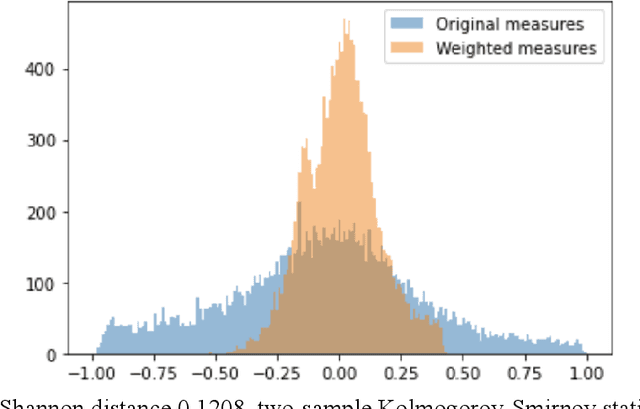

Abstract:Lifestyle politics emerge when activities that have no substantive relevance to ideology become politically aligned and polarized. Homophily and social influence are able generate these fault lines on their own; however, social identities from demographics may serve as coordinating mechanisms through which lifestyle politics are mobilized are spread. Using a dataset of 137,661,886 observations from 299,327 Facebook interests aggregated across users of different racial/ethnic, education, age, gender, and income demographics, we find that the most extreme instances of lifestyle politics are those which are highly confounded by demographics such as race/ethnicity (e.g., Black artists and performers). After adjusting political alignment for demographic effects, lifestyle politics decreased by 27.36% toward the political "center" and demographically confounded interests were no longer among the most polarized interests. Instead, after demographic deconfounding, we found that the most liberal interests included electric cars, Planned Parenthood, and liberal satire while the most conservative interests included the Republican Party and conservative commentators. We validate our measures of political alignment and lifestyle politics using the General Social Survey and find similar demographic entanglements with lifestyle politics existed before social media such as Facebook were ubiquitous, giving us strong confidence that our results are not due to echo chambers or filter bubbles. Likewise, since demographic characteristics exist prior to ideological values, we argue that the demographic confounding we observe is causally responsible for the extreme instances of lifestyle politics that we find among the aggregated interests. We conclude our paper by relating our results to Simpson's paradox, cultural omnivorousness, and network autocorrelation.
 Add to Chrome
Add to Chrome Add to Firefox
Add to Firefox Add to Edge
Add to Edge